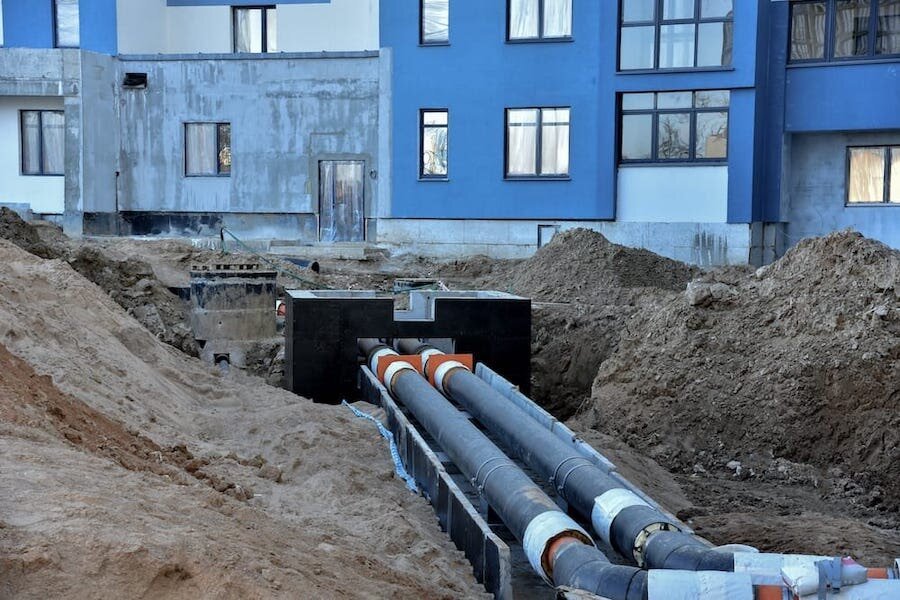How to Clean and Prevent Tuberculation in Cast Iron Pipes
There’s no question that cast iron pipes are known for their longevity and durability. Because of this, the water lines in buildings, like condos, apartments and office buildings, consist of cast iron pipes.
While the benefits of these long-lasting systems are clear, some issues can appear later on. As systems begin to age, property managers will see signs of pipe tuberculation.
If you think you have a tuberculated pipe problem, you may think your only solution is to replace your pipes. Thankfully, there are other options available for you to consider.
Keep reading to learn more about tuberculation in cast iron pipes and how American Pipeline Solutions cleans and prevents tuberculation.
How to Clean & Prevent Tuberculation in Cast Iron Pipes
What Causes a Tuberculated Pipe?
Chemical reactions cause tuberculation in cast iron pipes and other metallic pipes, such as ductile iron.
Bacteria in a pipeline’s water reacts to the iron found in the pipe’s interior. The result of this reaction is a buildup inside the pipeline. Over time, this buildup grows thicker and disrupts the pipe's flow.
Tuberculation tends to occur in older pipelines. Many pipelines built in the 50s-70s are more likely to start showing signs of pipe tuberculation today.
The Signs of Pipe Tuberculation
Several tuberculation warning signs are dependent on the pipe's use.
If your pipelines provide water to your building’s plumbing fixtures, you might notice tuberculation signs such as water discoloration or reddish-brown staining.
Another common sign of tuberculation in your building’s pipelines is restricted water flow. This can appear as low water pressure from a building’s fixtures.
Restricted flow can also appear in your fire suppression systems. When testing these systems each year, you might discover that you aren’t getting the standard gallons per minute. This lowered flow indicates a larger problem in the fireline, which may be restricted due to tuberculation.
Cleaning and Prevention Solutions for a Tuberculated Pipe
Replacing your pipes is a surefire solution; however, it is not the most cost effective. And, you may face the same problem if a prevention protocol is not implemented.
Instead of replacing your pipelines, there are alternative options for you to consider with American Pipeline Solutions.
If your pipes are restricted because they’re tuberculated, your first goal will be to clean out this tuberculation. APS addresses pipeline tuberculation in fire lines with pigging, rotary head technology and Picote mechanical equipment.
Typically, pigging is not the first method used because of the buildup's toughness—most foam pigs will simply come apart rather than removing the buildup.
This is where the Picote mechanical equipment comes into play. This method can apply a stronger force to the tuberculation buildup to remove it successfully. Plus, this method also uses less water than pigging or rotary head technology.
Once your pipeline has been cleaned, your next step should be prevention. Without this prevention step, you’ll need to clean your tuberculated pipes every five years.
When the pipeline is newly cleaned, APS can add a thin epoxy coating to your pipe’s interior. This epoxy coating is safe and is even used by experts at NASA. With this epoxy lining, you can operate your pipeline without worrying about tuberculation build-up for up to 50 years!
Are you looking for an efficient solution to your tuberculated pipe?
Contact American Pipeline Solutions and learn about our unique pipeline tuberculation solutions.


















